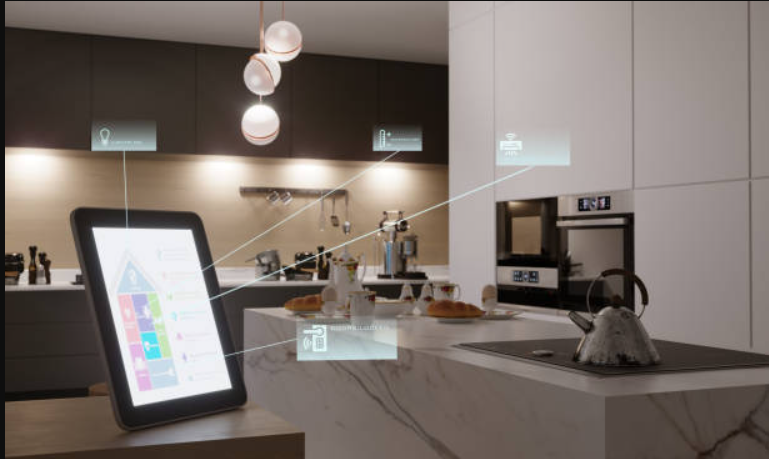The security of these networked devices has grown crucial as the integration of Smart Home devices into contemporary houses continues to grow.
Smart home devices, ranging from thermostats and security cameras to voice assistants and smart locks, offer convenience but can also pose security risks if not properly safeguarded.
Guide to Secure Your Smart Home Devices

Research and Purchase from Reputable Brands: Begin by selecting devices from established and reputable brands known for their commitment to security. Prioritize products that receive regular firmware updates and have a track record of promptly addressing security vulnerabilities.
Create Strong and Unique Passwords: During setup, change default passwords immediately. Opt for strong, unique passwords for each device, avoiding easily guessable phrases or repetitive sequences. Consider using password managers to generate and securely store complex passwords.
Enable Two-Factor Authentication (2FA): Wherever available, activate two-factor authentication for an added layer of security. This additional step typically involves entering a temporary code sent to your mobile device or email after entering the password, significantly bolstering your device’s defense against unauthorized access.
Update Firmware and Software Regularly: Stay vigilant about firmware and software updates for your smart devices. Manufacturers often release updates to patch security flaws. Enable automatic updates whenever possible or regularly check for and install updates manually to ensure your devices are running on the latest, most secure versions.
Secure Your Network: Create a separate network for your smart devices, segregating them from your primary home network. Use strong encryption protocols like WPA3 for Wi-Fi networks and consider installing a firewall to monitor and control traffic to and from these devices.
Disable Unused Features: Disable any unnecessary features or services on your devices. Features that are not actively used may serve as potential entry points for cyber threats.
Regularly Review Device Permissions and Settings: Periodically review the permissions and settings of your smart devices. Disable remote access or sharing options that you don’t use, minimizing the attack surface for potential vulnerabilities.
By implementing these proactive measures, you can significantly enhance the security of your smart home devices, safeguarding your privacy and fortifying your home against potential cyber threats.
Regularly staying updated on best security practices is crucial in maintaining a safe and protected smart home environment.


Comments are closed.